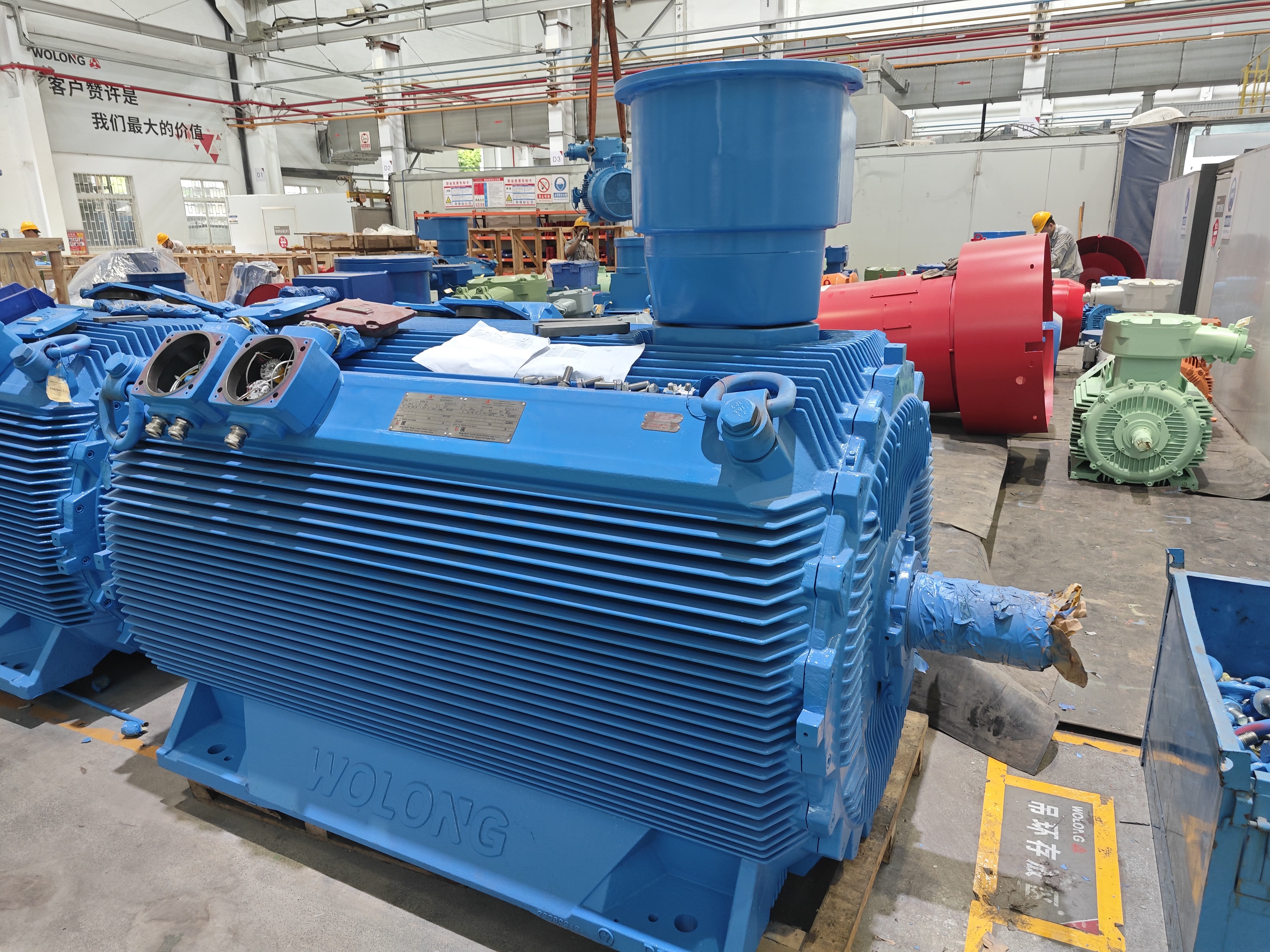Compared with small and medium-sized motors, high-voltage motors are expensive, and their application scenarios are critical and special. Whether it is the disposal of the motor body after a fault or other problems derived from the fault, it may be much more serious than we can imagine. For this reason, differential protection devices are used for high-voltage motors used in some special occasions, the purpose of which is to timely and effectively discover problems and prevent further deterioration of the problems.
Differential protection is a very effective protection measure for the safe operation of electrical equipment. It uses the characteristics of triggering protection actions by the vector difference between the input current and output current of electrical equipment, making any two-port electrical network, generator, motor, transformer and other electrical equipment have very classic applications.
Differential protection is relatively widely used on large high-voltage motors. For example, high-voltage motors used in mine main power and main ventilation equipment must be equipped with differential protection devices to ensure safe and reliable operation of the system and avoid major economic losses and safety accidents caused by unexpected shutdowns.
The stator windings of large high-voltage motors usually adopt star connection, with three output terminals by default. When differential protection is introduced, the motor must have 6 output terminals. The differential protection device applied to the motor works as follows: detect the starting and ending currents of the motor, and compare the phase and amplitude difference between the starting and ending currents. Under normal circumstances, the difference in amplitude and phase between the starting and ending currents is zero, that is, the current flowing into the motor is equal to the current flowing out of the motor; when a short circuit fault such as phase-to-phase, turn-to-turn or to ground occurs inside the motor, a differential current is generated between the two and reaches a certain value, the protection function is activated.
Post time: Jul-24-2024






